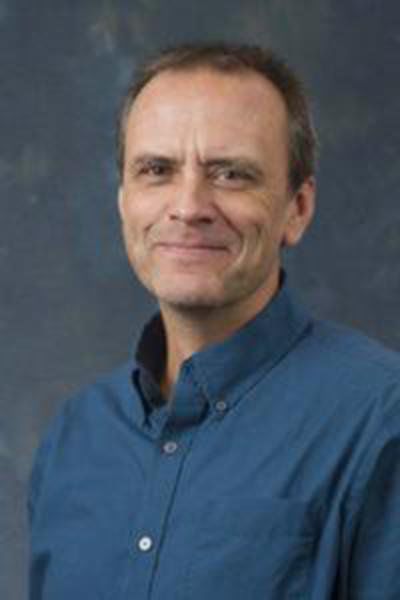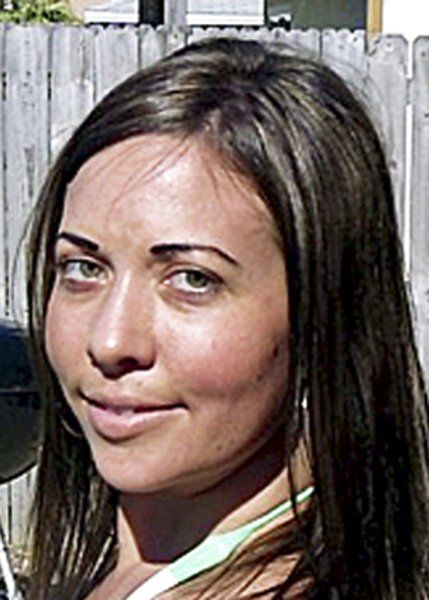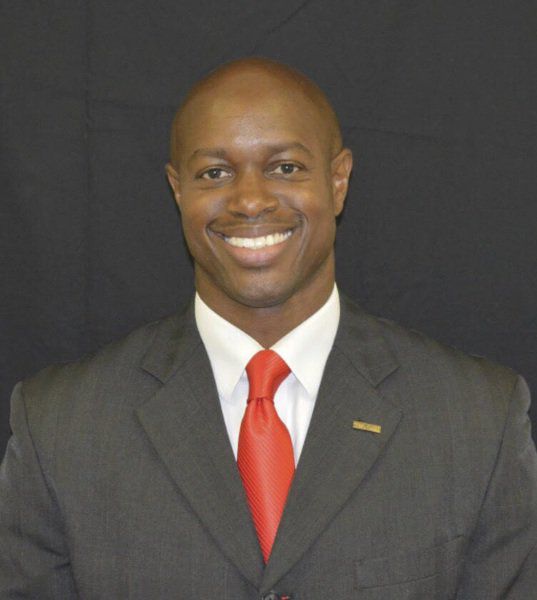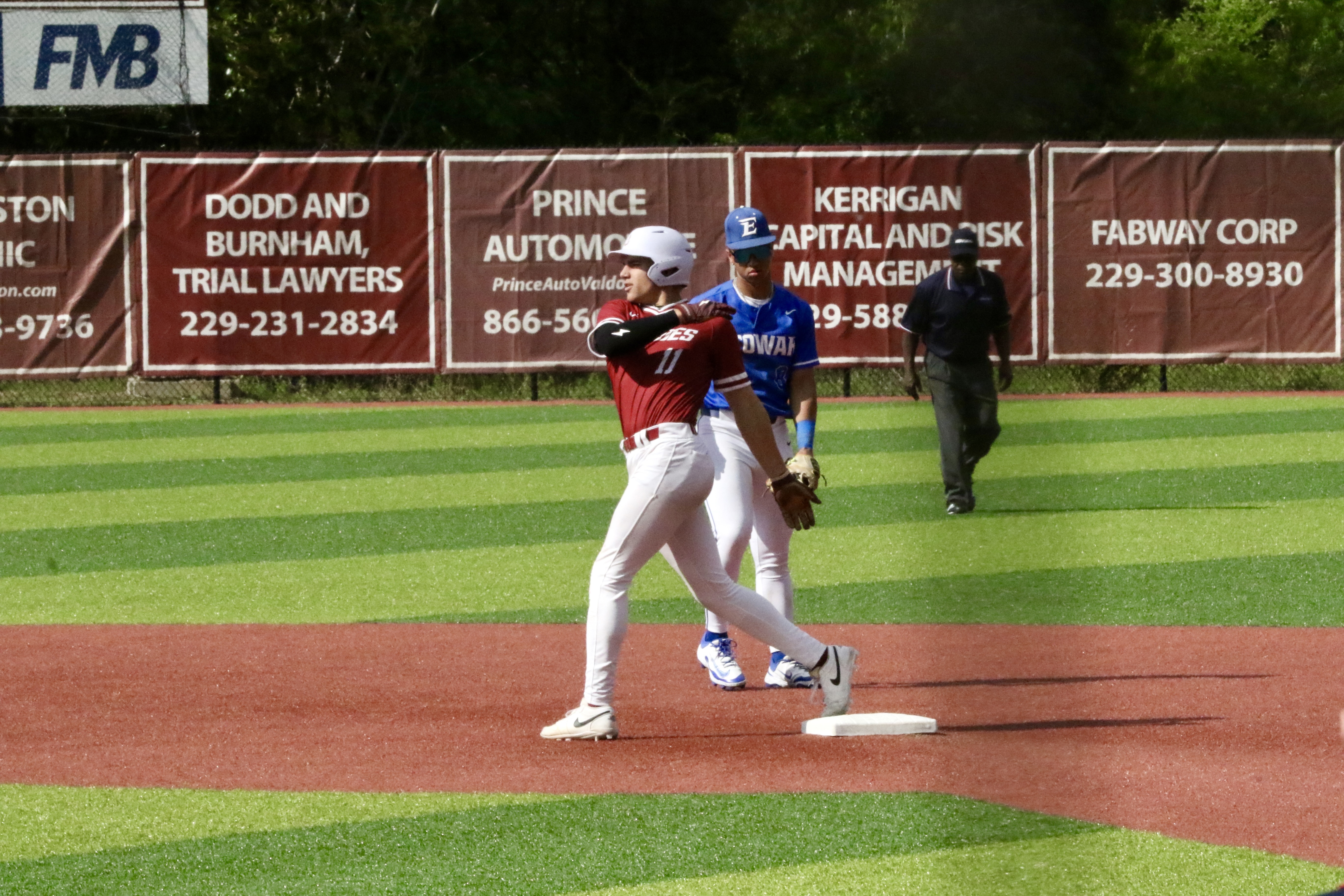Of strange fruits, forgotten names
Published 9:00 am Friday, February 22, 2019

- Dr. Michael Noll
Keith Bowen, Henry Smith, Ed McCollum, Horace Duncan, Laura Nelson, Thomas Miles Sr., Caesar Sheffield, Jesse Washington, Lation Scott, Mary Turner, Liege Daniels, William Kirkland, Claude Neal, Wesley Johnson, Jesse Thornton, George W. and Mae Murray Dorsey, Emmett Till, James Chaney, Michael Donald, James Byrd Jr.
Listed above are just a few names of those who were killed by unspeakable acts of racial terror between 1889 and 1998, and one could add thousands more. Most of the victims came from the South, the average citizen will only recognize one or two of their names, if any at all, and less than 1 percent of those responsible for these atrocities were ever convicted.
Growing up in Germany, I learned early on about Anne Frank. In high school I was exposed to the horrifying details of the Holocaust, and at least twice, we visited a concentration camp as part of a field trip. Walking across the grounds of Buchenwald and Dachau, we would try to comprehend a part of our history that really is incomprehensible. How could any human be responsible for such horrendous acts?
“Vergangenheitsbewältigung” (coming to terms with your own past) is painful, but every society must embrace it if there is to be reconciliation. True peace and justice can only be accomplished if the descendants of the former victims and their victimizers come together to face the monsters of their past. So far, we have largely been incapable or unwilling to do this in the United States.
Earlier this month, the New York Times reported the late memorialization of Sgt. Isaac Woodard, a decorated World War II veteran. Helping to free Europe from Nazi Germany, he was honorably discharged from the U.S. Army a year after the war had ended. On his way back home and still in uniform, he was forcibly removed from a bus in Batesburg, S.C., severely beaten and jailed. His only crime was to be black, and the uniform he wore did not protect him.
Mr. Woodard escaped with his life, but he lost his eye sight because of this attack. When he died in 1992, he knew that those, who had brutalized him 46 years earlier, had never been brought to justice. Only this year did the town, where he was so savagely beaten, find the courage to acknowledge the truth. Earlier this month, they unveiled a historical marker in their community to honor Mr. Woodard, and to never forget the racial injustice that happened there.
This may be hard to believe, but it took the U.S. Senate until 2018 to finally pass a bill that would make lynching a federal crime. Why on earth did it take that long?
You could ask the same question regarding the first national lynching memorial in Montgomery, Ala., which just opened last year.
Yet there are hundreds of communities across the South with Confederate monuments in their courthouse squares, most of which were erected during the height of the Jim Crow era. We have one, too, and it celebrates the Confederate soldiers of our region and proclaims that “the principles for which they fought live eternally.” But what exactly are these principles?
Aside from educating the public about one of the darkest chapters in U.S. history, the Memorial for Peace and Justice in Montgomery also presented a challenge to every county with a lynching history. For each column displayed inside, a duplicate can be found outside, waiting to be claimed. Just a few weeks ago, DeKalb County was the first in Georgia to step up to that challenge, so it may place its own lynching memorial into the midst of its community.
“We can address our painful past by acknowledging it and embracing monuments … that are designed to facilitate important conversations. Education must be accompanied by acts of reconciliation, which are needed to create communities where devastating acts of racial bigotry and legacies of racial injustice can be overcome.” (Equal Justice Initiative)
When will we find the courage to remember all parts of our local history and to engage in conversations we have avoided for far too long?
I am not suggesting removing our Confederate monument, as this would only create a silence. Rather I am proposing that we claim our column from Montgomery, and that we, as a community, create a lynching memorial in the northeast corner of our courthouse square, to complete the currently existing narrative in the heart of our city.
Dr. Michael G. Noll is a Valdosta resident.





